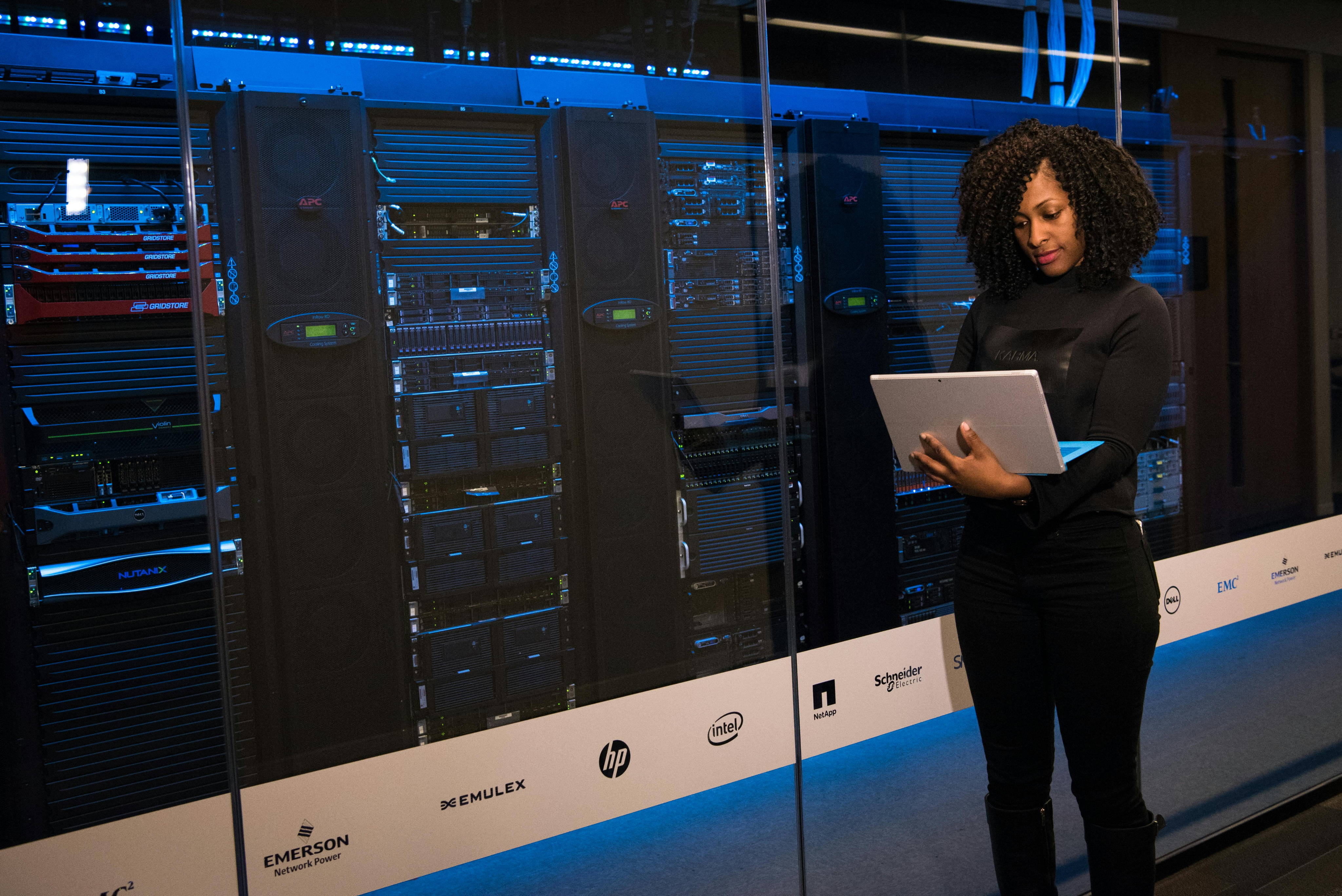SPDM PQC & Authorization
DMTF’s Security Protocol and Data Model (SPDM) protocol is a widely used set of standards that enable secure communication and device authentication for platform-level security. This session will give an update on major developments by the SPDM Working Group, and where the group is going over the next year. In the past year, DMTF has released SPDM version 1.4, the first version to support CNSA 2.0 algorithms for post-quantum cryptography.






